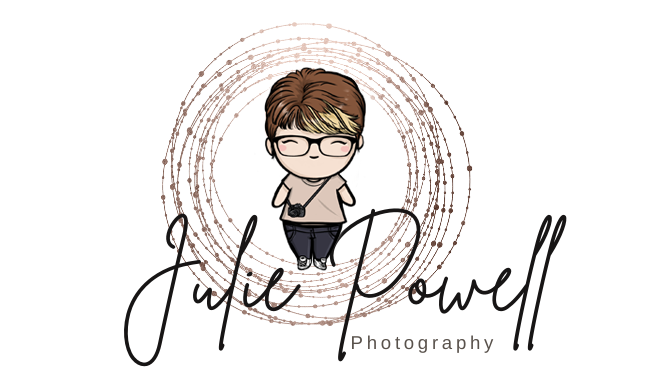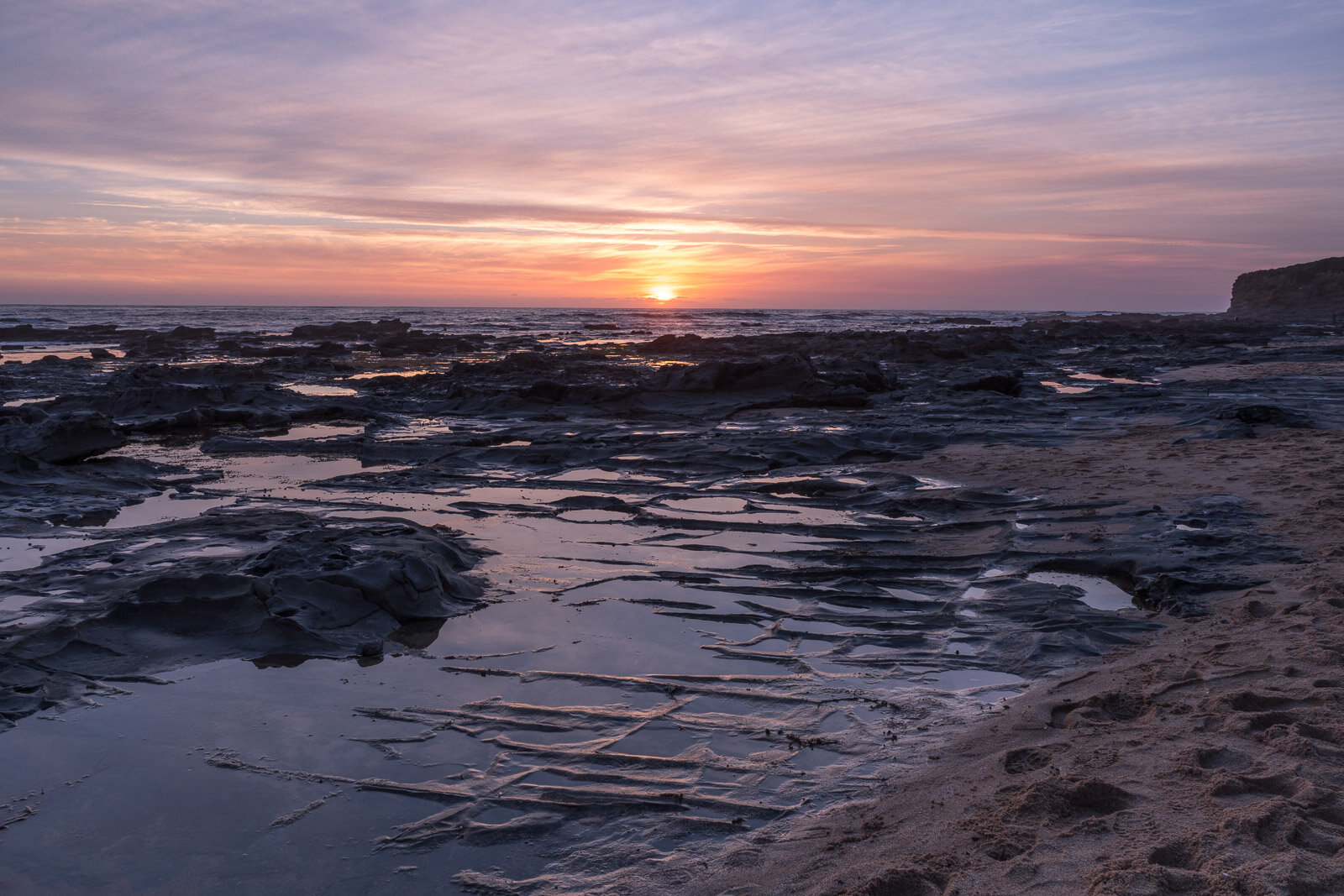Should you photograph in RAW or JPEG?
This is an age-old question, well, as old as digital photography and DSLR are at any rate; to shoot in RAW or JPEG. Many cameras are set to JPEG straight out of the box, so why bother to change?
What’s the difference?
When an image is captured in a DSLR (or mirrorless camera), it is recorded as raw data. If the camera format is set to JPEG, this raw data is then processed and compressed before it is saved as a JPEG. If the camera format is set to RAW, no processing is applied, and therefore the files store all the tonal and colour data.
Are there benefits to shooting in RAW?
RAW just means that the data is not processed at all — it cannot be directly printed or even edited in a standard photo editor. It needs processing through editing software such as Adobe Lightroom, Photoshop or LuminarAI, which have codecs to read the raw data and allow processing.
Now we know the difference, what are the benefits? The fact that the files are largely uncompressed, with ALL the tonal and colour data. This allows you to bring out more detail in the shadows and highlights, as opposed to a compressed image where the camera does all the work for you. Cameras at pretty good these days, but nothing beats the human touch. Only YOU know how you want to edit your images.
And that’s where the real benefit is, the extra detail you can pull from that raw data.
Why not just shoot in JPEG
Ideally yes, you want to get things right in-camera in an ideal world. But things are not always ideal. Sometimes the light is challenging, or there is not enough light. Or a dozen other reasons why you might wish to work with more detail.
A brightly coloured landscape or even vibrant fashion will likely turn out better if shot in RAW and then processed to bring out all the details.
So what are the benefits?
You can record better levels of brightness
Capture more details overall and in shadows
Easily adjust the white balance
Easily correct dramatically over or underexposed images
Very few (if any) Pro Photographers shoot in JPEG and pretty much all agree RAW is the way to go, so if you have yet to make the jump, try it and see the difference for yourself, I bet you won’t regret it.







